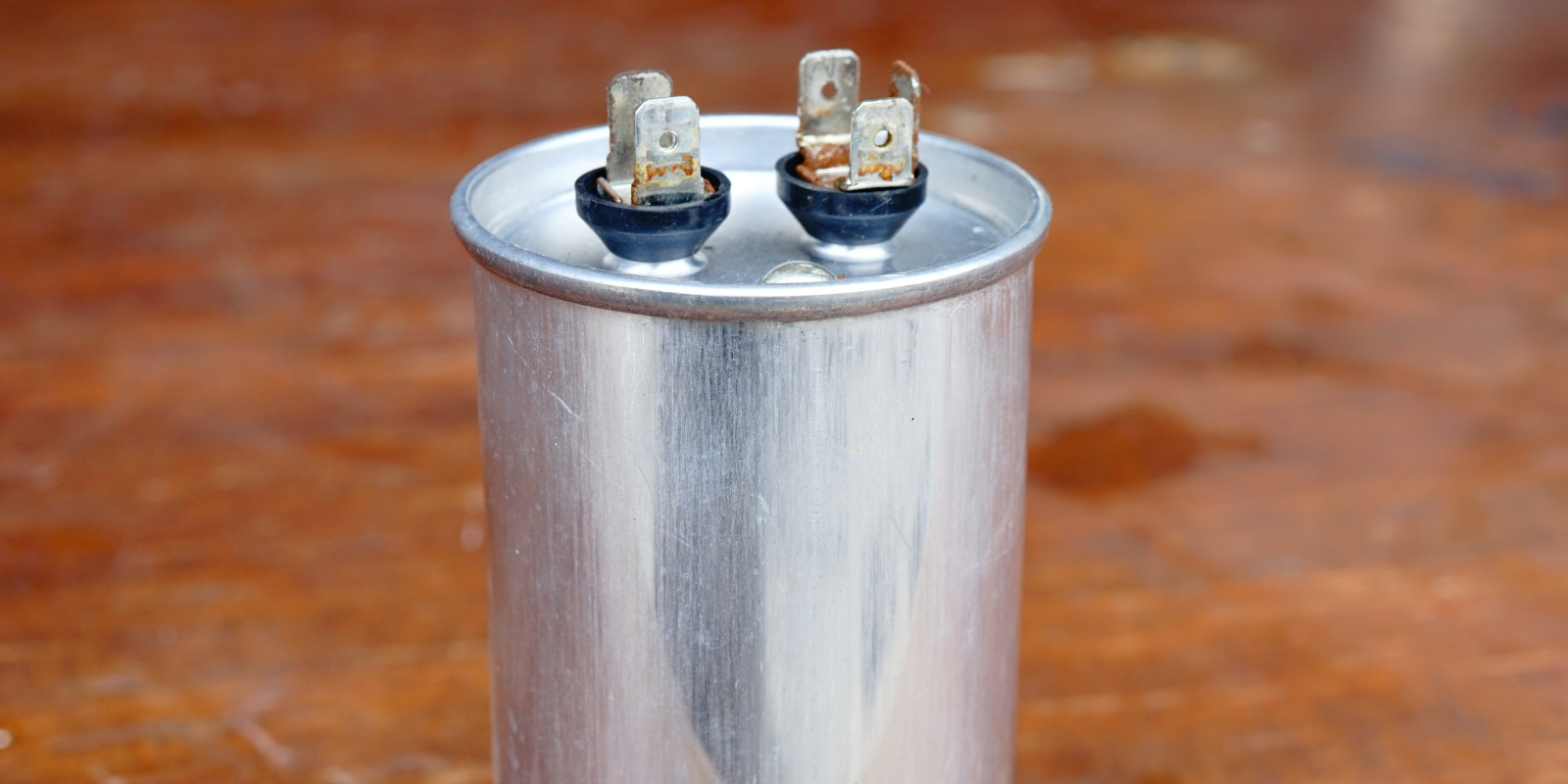Understanding Capacitors and how they work
Capacitors are one of those components that most sparkies come across every day — tucked away in motors, lighting fittings, or power supplies — but few really understand what they’re doing. When a capacitor starts to fail, it can cause nuisance tripping, inrush spikes, or even complete equipment failure, making it a key part of electrical fault-finding.
What a Capacitor Actually Does
A capacitor stores and releases electrical energy — kind of like a small, fast-acting battery.
In AC circuits, it works by charging when voltage rises and discharging when voltage drops, effectively smoothing the current flow.
In technical terms, capacitors provide capacitance, which opposes changes in voltage. This is the opposite of an inductor (which opposes changes in current).
The relationship between voltage and current in a capacitive circuit creates a phase shift, which is why capacitors are often used to correct power factor or improve the efficiency of motors.
Testing and Diagnosing Capacitor Faults
If a circuit breaker or RCD keeps tripping and the fault seems tied to a particular appliance or circuit, don’t overlook the capacitor.
Here’s a step-by-step check:
-
Visual inspection: Look for bulging, cracking, or leaking capacitors.
-
Discharge safely: Always isolate and discharge before testing — they can hold charge long after power is off.
-
Test capacitance: Compare with the rated µF value printed on the case.
-
Check insulation: Test between terminals and the case for leakage to earth — this is a common cause of RCD trips.
-
Monitor current draw: High startup current can point to a failing start capacitor.
Common Types of Capacitors and Their Uses
Start Capacitors
-
Use: Provide the initial torque to single-phase induction motors (like air conditioners, compressors, and pumps).
-
How they work: They give the motor a boost of phase-shifted current to help it start turning.
-
Fault signs: Motor hums but doesn’t start, or breaker trips when trying to start.
-
Testing: Check capacitance (µF) against rated value; anything more than 20% off is suspect.
Run Capacitors
-
Use: Keep single-phase motors running efficiently once started.
-
How they work: Stay permanently connected, improving power factor and smoothing current.
-
Fault signs: Motor runs rough, overheats, or draws excess current; possible nuisance tripping under load.
Electrolytic Capacitors
-
Use: Found in electronic power supplies and control circuits — used for filtering and voltage smoothing.
-
How they work: They store DC energy to reduce voltage ripple and electrical noise.
-
Fault signs: Equipment resets randomly or blows fuses; visual bulging or leaking tops.
Film Capacitors
-
Use: Common in lighting circuits (especially fluorescent and LED fittings).
-
How they work: Used for power factor correction or as part of the ballast circuitry.
-
Fault signs: Lights flicker, blow lamps frequently, or trip breakers intermittently (especially if moisture gets in).
Ceramic & Polyester Capacitors
-
Use: Used in control gear, motor drives, and electronics for noise suppression or timing circuits.
-
Fault signs: Rarely cause tripping but can affect signal or timing accuracy if they fail.
Why Capacitors Matter in Fault-Finding
Capacitors affect both the current flow and the impedance in a circuit, meaning they can influence fault current, voltage drop, and even how fast protective devices operate.
Understanding how they behave makes you a sharper electrician — not just someone who replaces parts, but someone who truly diagnoses faults.

